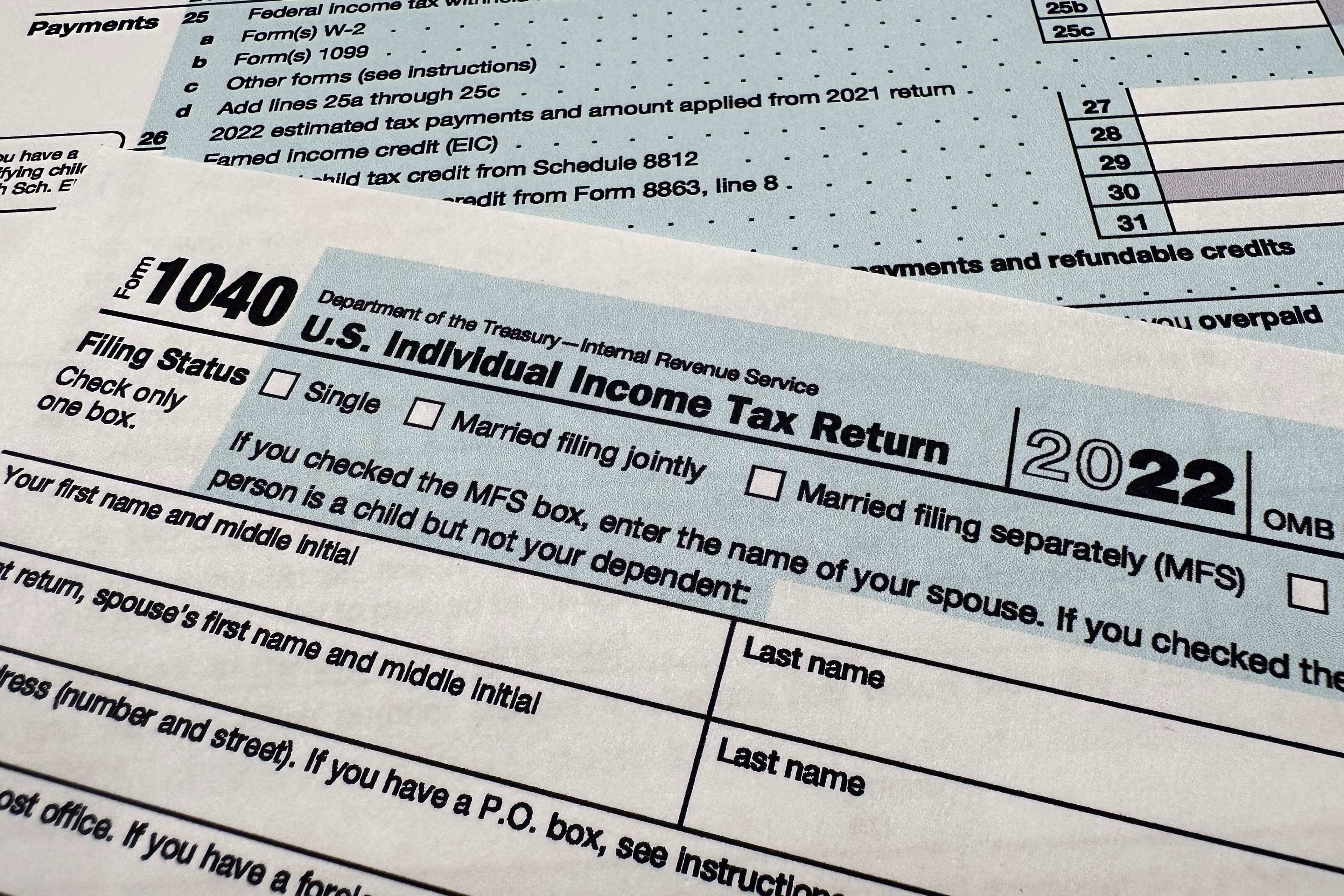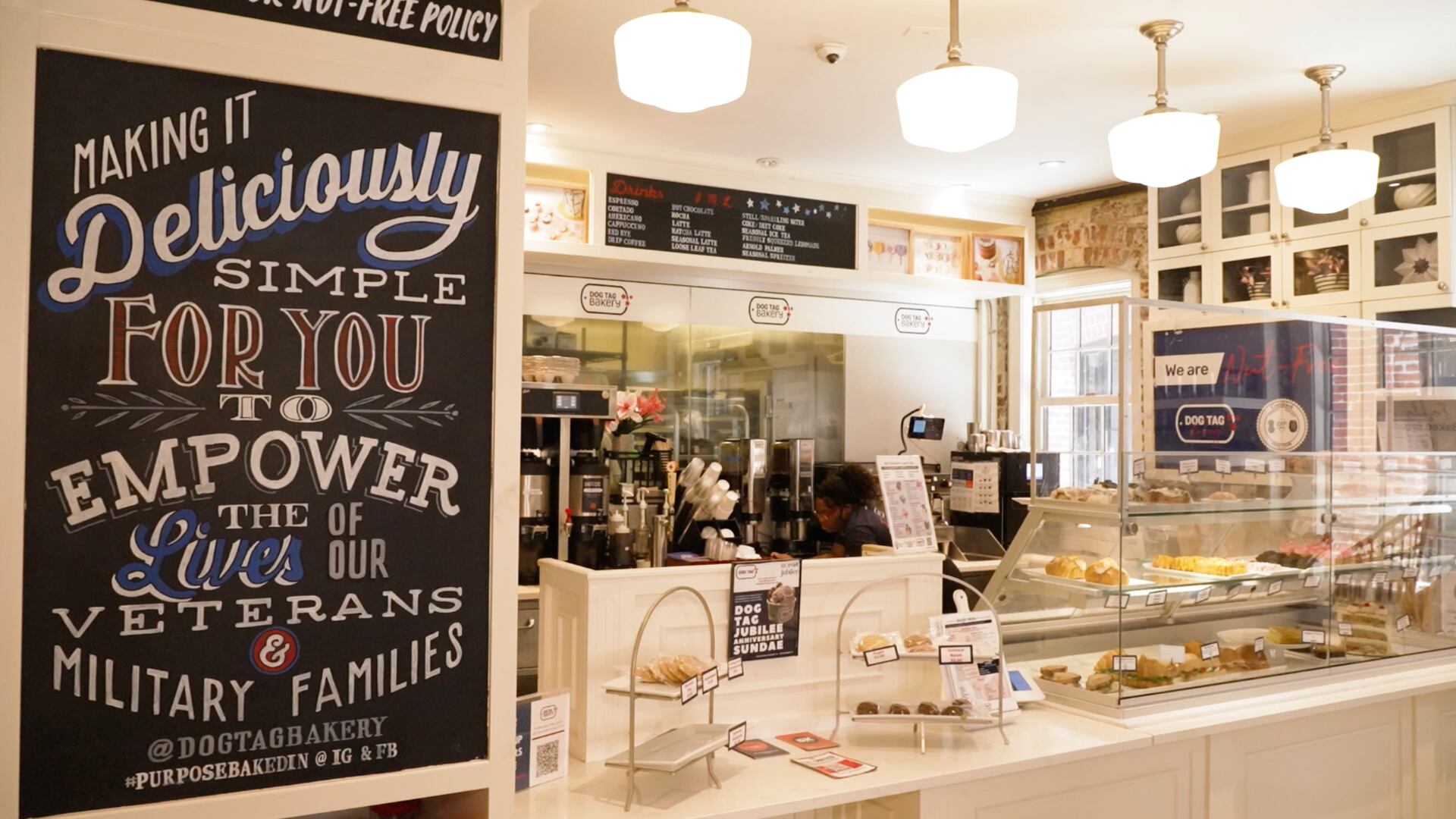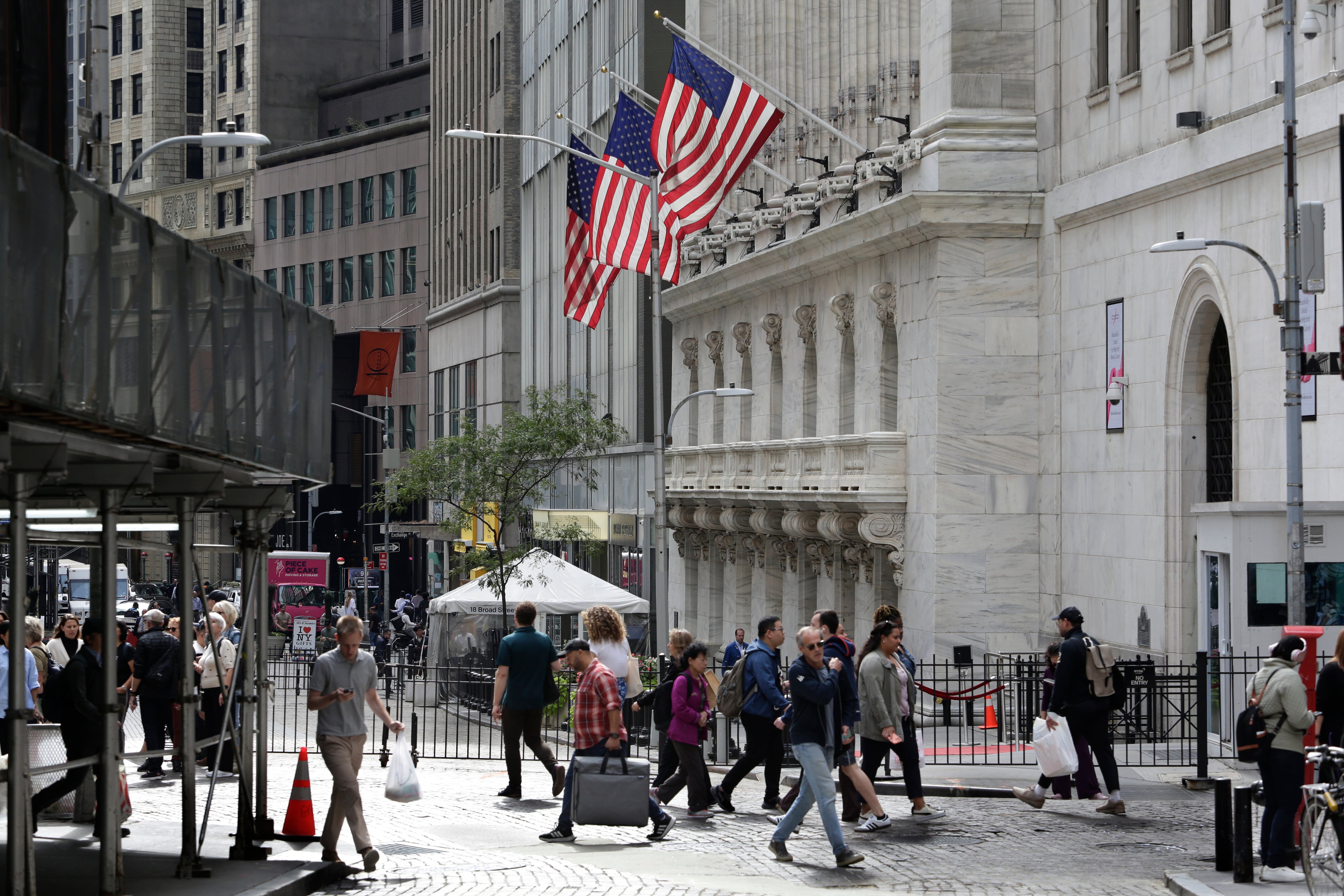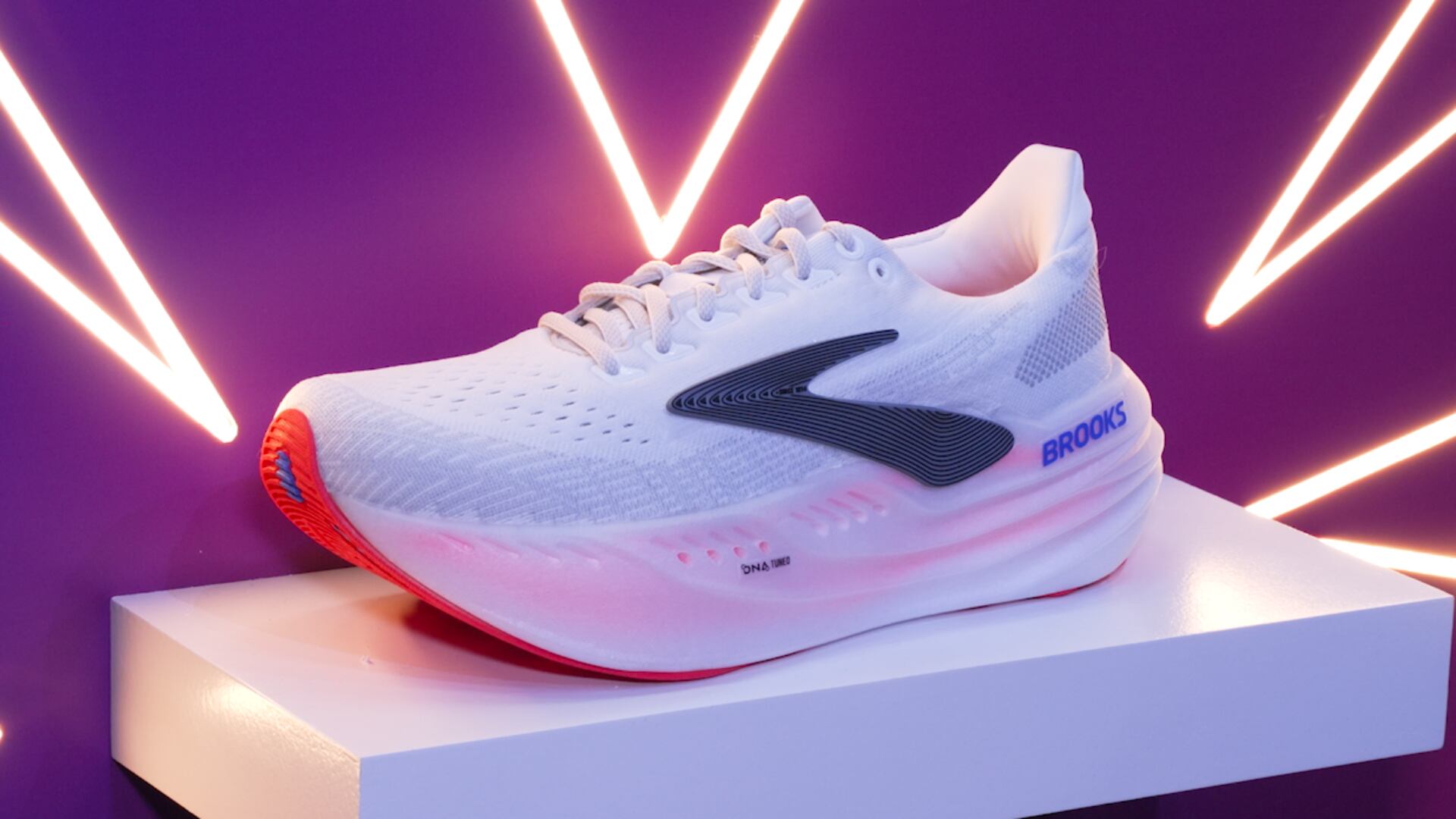"It was pretty epic."
That's how Josh Giegel, co-founder and CTO of Virgin Hyperloop, described his ride inside a hyperloop pod to Closing Bell on Monday. Giegel and Sara Luchian, director of passenger experience, made history by becoming the first passengers to ride in a hyperloop pod of any kind Sunday night outside of Las Vegas at the company's DevLoop test site. Giegel also said Sunday's milestone was a culmination of the hard work his team has put in.
"Six years ago, we started in a garage and, even before I started going down the tube [Sunday], all of the emotions of all of the years building a team, building a new product, and then culminating, sitting in that product inside of a real, working hyperloop, about to go down - I was starting to get pretty worked up."
The test run took place in a 500-meter track with Giegel and Luchian traveling at a top speed of 107 miles per hour. This initially seems pedestrian for a revolutionary method of travel — especially one expected to travel at speeds of over 600 miles per hour and get travelers from New York to Washington, DC in 30 minutes, or passengers from Los Angeles to San Francisco in 45 minutes. But Giegel says the Hyperloop will indeed be built to ride at similar speeds as airplanes.
"The longer the track we can get, the more we can build, and the faster we can go. If you're on an aircraft, it might take 15-20 miles to get fully up to speed, and we'll get that a little bit faster on a hyperloop."
Giegel, who said the ride was as smooth as he could have imagined, quiet and fully electric, says the number one question he was asked about the Hyperloop was its safety.
"It's really safe when you see people get into it and more importantly when you see people get out of it," he explained. "The system that we had yesterday, we developed, was one that was designed to be an everyday rider." Giegel also added a personal touch to ensure that the Hyperloop is indeed safe for everyone.
"My two-year-old, I still like to be his dad and my wife still likes me," he said. "That's really the most beautiful part. If it wasn't safe enough for me, it wasn't safe enough for anyone."
The big question, however, is when the Hyperloop will be available for commercial use. While Giegel says that date is still at least a couple of years away, he explained that this mode of travel could be what defines the 21st century.
"We can keep building roads, we can keep building cars, or you can actually say we don't intend to live in the 21st century like we lived in the 20th century," said Giegel. "The backbone of what the U.S. was built on with the railroad, with the interstate highway system. We can see that, but powered by a hyperloop for the 21st century."
As for Giegel's 2-year-old son, who will likely be around to see the start of the 22nd century?
"By the 22nd century, if we've done our jobs really well, hyperloop will power this nation as well as a bunch of others, and we'll be more connected than we ever, ever could have possibly conceived it."











